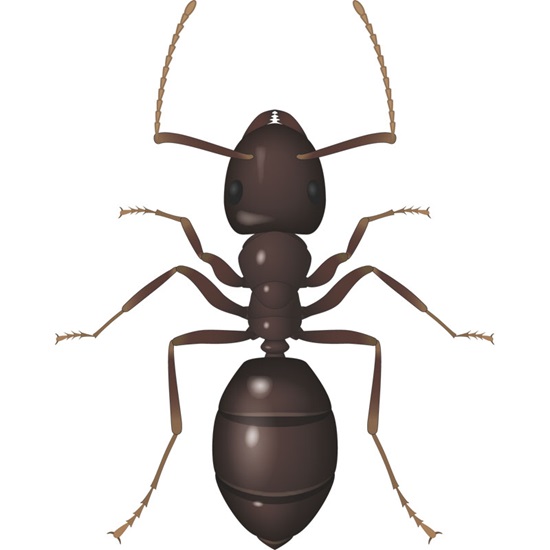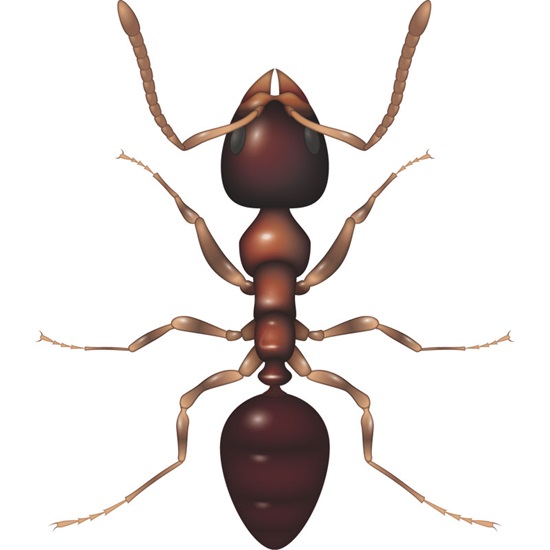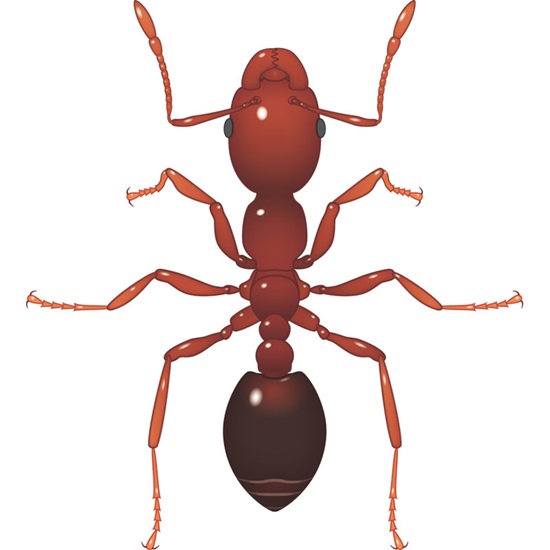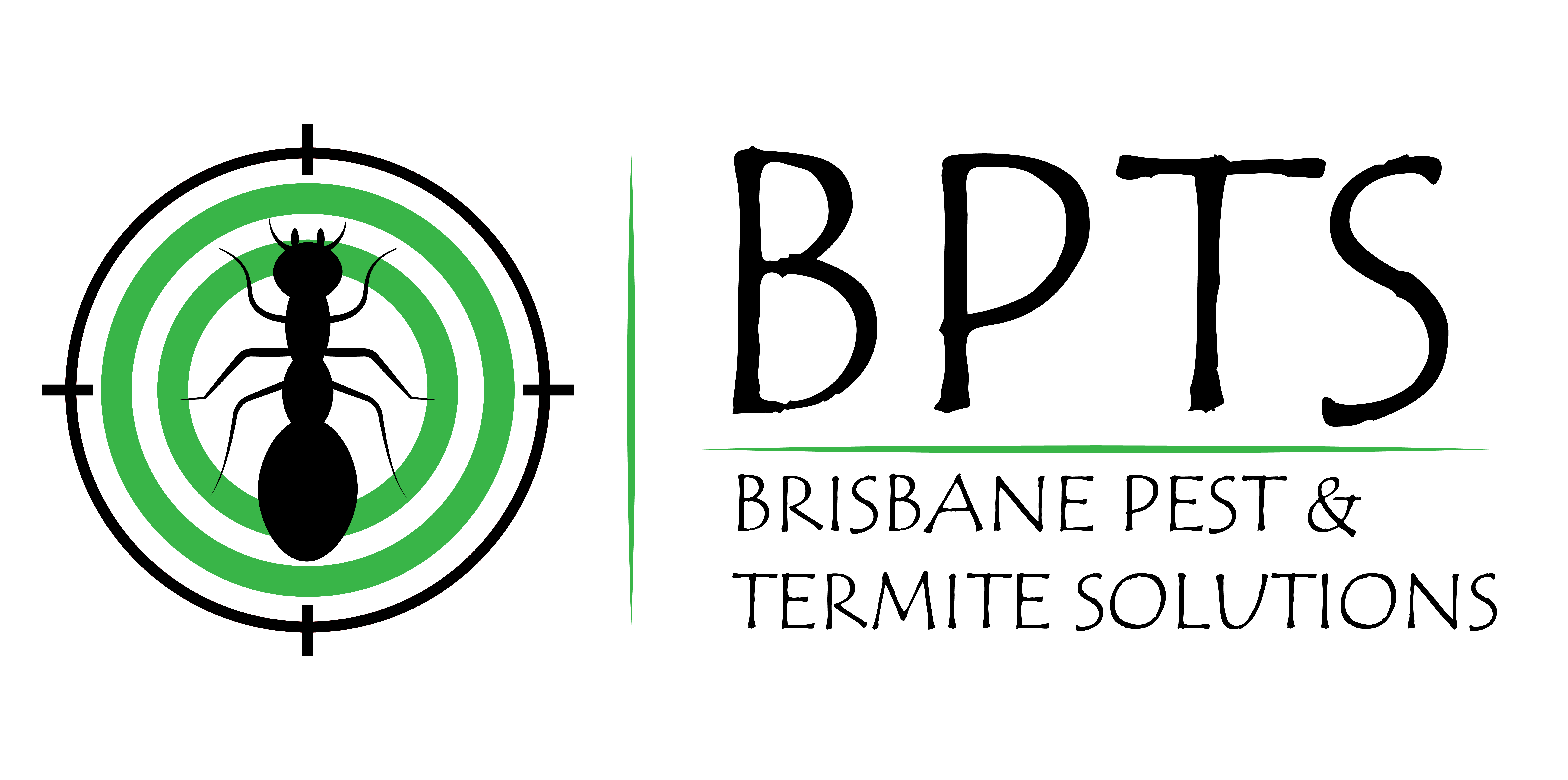Ant Control
Black Ant

Black Ant – How to get rid of black ants – Black Ants can cause damage
Classification
Species category: Ant
Scientific name: Lasius niger
Family: Formicaide
Description
One of the most common species of ants across the world, different members of the colony will have a slightly different appearance. Workers are dark brown-black and reach 3-5mm in length. The queens are mid brown and much larger, they can reach 15mm long.
The queen is characterised by 2 pairs of wings which are fore and hind wings hooked together. Once mated, she removes the wings and eats them for nutrition over the winter months.
Widespread across Europe, North America and Australasia
Generally, nests are located outdoors; they can be built in soil, hollowed trees, found in grasses or under paving slabs, behind fascias or any building voids. Foraging workers enter houses regularly in search of food, preferably sweet foods.
Behaviour
Black ants have defined roles within their colony. Each nest has one queen (monogenic).
- The worker ants (sterile females), build the nest, look after larvae, and forage for food.
- The queens (fertile females) remain mainly in the nest, mating with fertile males.
Before mating, the ants take to the sky. Winged reproductive males and females are involved in a mass flight. The males die after mating, but the females shed their wings and burrow in the ground where they overwinter.
Any worker ants that exhibit unusual behaviour are expelled from nest or killed.
Risks
Once inside and around buildings, they can cause various types of damage. Black Ants enjoy the sweet secretions of aphids and protect the aphid population, in doing so, they allow the aphids to further damage the plants they inhabit.
Black House Ant

Classification
Species category: Ant
Scientific Name: Ochetellus Glaber
Description
A small ant species with an intensely-black colour. It has a prominent petiole which distinguishes it from the white-footed ant. This ant measures 2.5mm and is slightly smaller and stockier than the white-footed variety.
An Australasian native, they are found in rural and urban areas and are very prevalent in Japan and Australia. They are often a pest of domestic environments and will build their nest in cracks or gaps, beside pathways. They generally enter the home in search of food. Like other ant species, they will nest underground and also in voids, for e.g. roof voids or wall cavities.
Behaviour
They have a preference for sugary liquids and will tend to aphids and other bugs on domestic plants in order to feed off their sweet secretions. However, this species also feed on seeds and plants so can be a pest in stored food facilities. They navigate away from and to the nest in trails. Follow the trail to find the nest. They will also swarm during the nuptial flight, which can be distressing for a building’s inhabitants.
Risks
This ant is considered more of a nuisance than a very destructive pest. It can encourage aphid growth which leads to extensive plant damage. It’s also an expert at creating nests in difficult to spot cracks and crevices, making colony elimination a tricky task. There can be more than one queen in the colony and reproduction is fast. The Black Ant causes primary damage to foods. It also contaminates areas with faeces and when it disposes of ‘rubbish’ from the nest – this is typically body parts of dead colony members.
Green Headed Ant

Classification
Species category: Ant
Scientific name: Rhytidoponera metallica
Description
One of the most common ant species in some parts of Australia, these pests have a dark, metallic colouration varying from a green-blue to a green-purple sheen. Typically, they reach 5-6mm in length and have a very distinctive square shaped single node on pedicel.
This species has a widespread distribution across Australia.
They are soil dwellers when nesting and can be found in urban as well as rural locations where they may inhabit woodlands, grasslands or even lawns.
Nests can also be found under rocks and logs.
Behaviour
An attractive insect with a metallic sheen, they are known for their sting, their nests can often go unnoticed until someone encounters them and gets stung.
These scavengers primarily hunt for proteins and oils. They are also predators of smaller insects and will happily live on the sweet sticky secretions of aphids and other sap sucking insects.
Risks
The Green-headed ant has a sting that can be painful and in some humans can cause an allergic reaction. Multiple stings could lead to anaphylactic shock.
Fire Ant

Classification
Species category: Ant
Description
The Red Imported Fire Ant (RIFA) has a copper brown head and darker, reddish-brown body. The average worker ant reaches 2-6mm in length and it has strong mandibles with 4-5 distinct teeth. It has a distinguishing 2-part pedicel and its body is covered in numerous erect hairs.
A native of South America, the RIFA is now found in Queensland, Australia and pose a threat to the environment.
Typically, they build their nest underground in mounds. The mounds are found in lawns or disrupting turf and have no obvious opening at the top. The RIFA is often discovered when someone inadvertently steps on a mound and they launch an attack.
Behaviour
Often congregating in massive colonies, this pest is small but incredibly aggressive and considered one of the most hostile of all ant species. Under threat of attack, they will launch a coordinated attack on their victim.
Colonies can have single or multiple queens and they can reproduce at a very fast rate. Their diet is generally organic matter but they will also invade the home looking for sweet products or other protein-rich foods.
Risks
Most feared for the painful attack launched when threatened, the RIFA has a persistent sting that leaves a white pustule. Even though they bite, it’s the venom of the sting that causes the residual pain and pustule.
Under attack, they emit pheromones which prompt other members of the colony to launch a synchronized attack. A multiple attack is incredibly painful and some victims can suffer an allergic reaction.
The mounds can also be a nuisance, disrupting root growth and disturbing plant formation which can result in lower yield crops and patchy turf growth.
